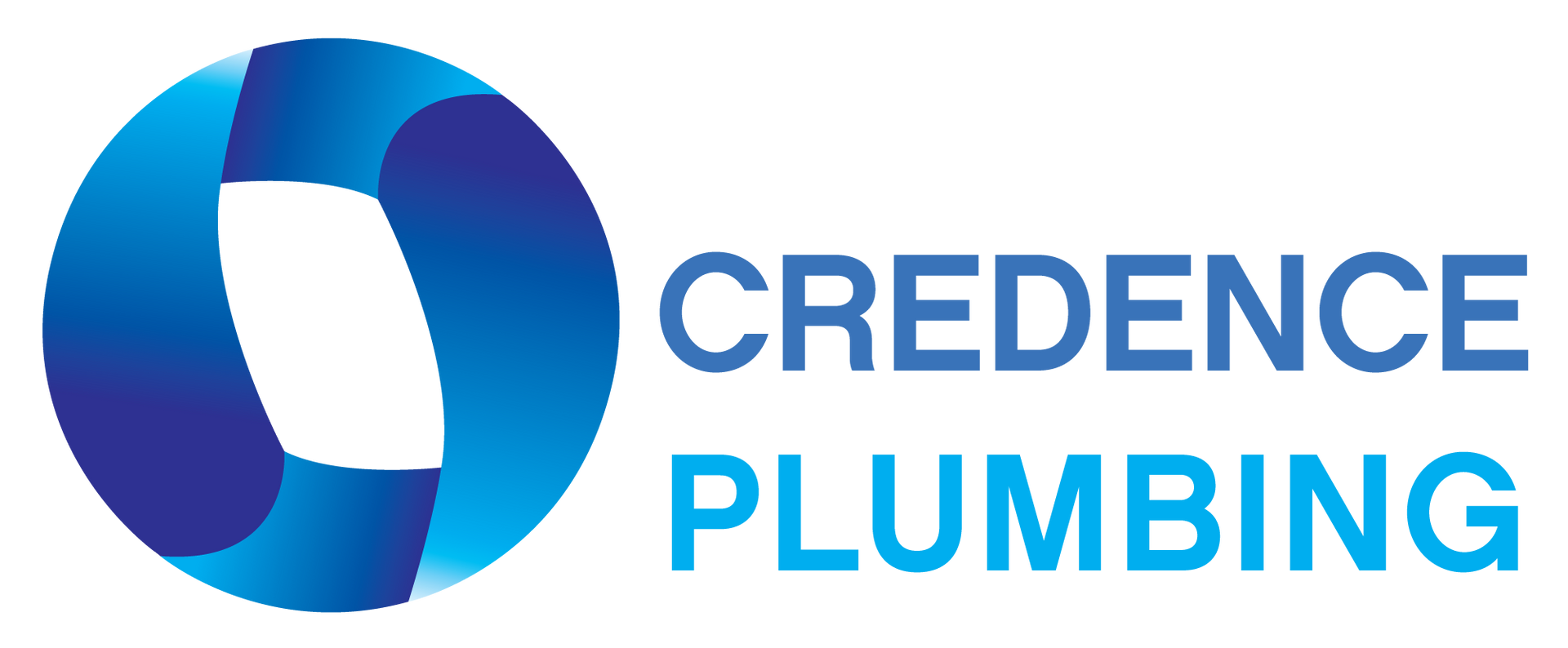Residential plumbing services
Pipe Relining

Pipe relining, also known as trenchless pipe rehabilitation or cured-in-place pipe (CIPP), is a modern and minimally invasive technique used to repair or replace damaged or deteriorating pipes without the need for traditional excavation methods.
Here's an overview of the pipe relining process:
Inspection: Before initiating the relining process, a thorough inspection of the existing pipes is conducted using advanced technologies such as CCTV cameras. This allows professionals to assess the extent and nature of the damage or deterioration.
Cleaning: The damaged pipe is cleaned using high-pressure water jets or other suitable methods to remove debris, scale, and other obstructions. This prepares the pipe for the relining process.
Lining Installation: A flexible and resin-coated liner, usually made of materials like fiberglass or polyester, is inserted into the damaged pipe. The liner is positioned using air pressure or water to conform to the inner contours of the existing pipe.
Curing: Once the liner is in place, it is cured or hardened using heat, ultraviolet light, or steam. This process typically takes a few hours, after which the new lining becomes a durable, seamless, and corrosion-resistant inner layer within the existing pipe.
Completion and Inspection:
After curing, the relined pipe is inspected again to ensure that the repair is successful and the new lining is securely in place. This inspection often involves a final CCTV examination.
Benefits of Pipe Relining
Trenchless Solution: Pipe relining eliminates the need for extensive excavation, minimising disruption to landscapes, pavements, and structures. This is particularly advantageous in urban areas or locations where preserving the surroundings is crucial.
Cost-Effective: The trenchless nature of pipe relining generally leads to lower overall costs compared to traditional excavation methods. There are fewer expenses associated with restoring landscapes or repairing structures affected by excavation.
Time-Efficient: Pipe relining is typically quicker than traditional pipe replacement methods. The absence of extensive digging and restoration allows for a faster completion of the repair or rehabilitation.
Durable and Long-Lasting: The materials used in the relining process are durable and resistant to corrosion, providing a long-lasting solution. The seamless lining also helps prevent future issues such as root intrusion or leaks.
Minimised Disruption:
As the process is non-intrusive, businesses and homeowners experience minimal disruption during pipe relining. Normal activities can resume quickly after the repair is completed.

pipe relining FAQS
